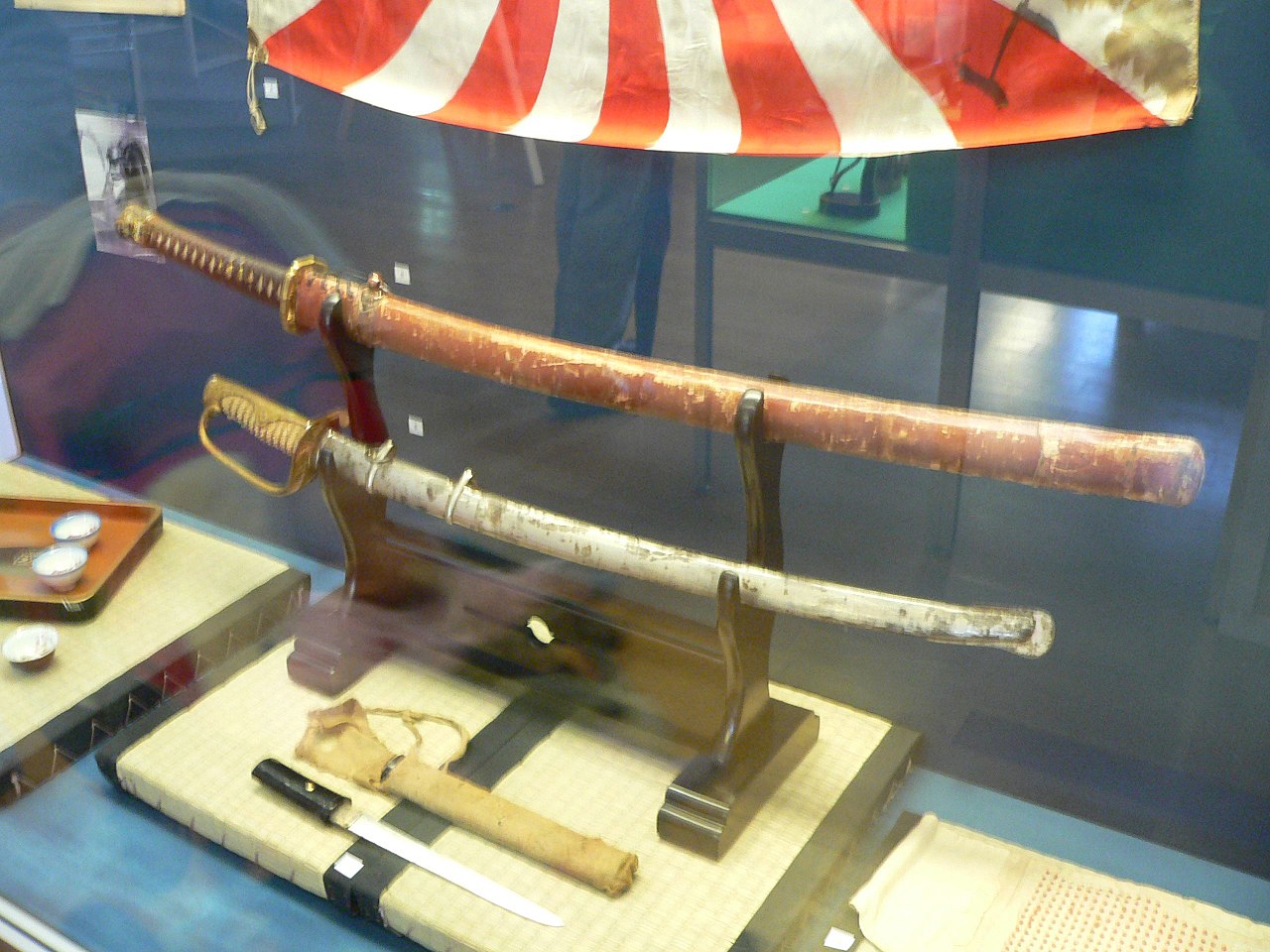Your Cart is Empty


The guntō is a style of traditional Japanese swords that were produced for military use after the samurai era, beginning in 1868. This was a critical time for the island nation of Japan, as its historic culture emphasizing samurai armor, weapons and ideology began to phase in favor of western-influenced culture.
Among the countless changes that occurred to the Japanese culture was the addition of a new standard military sword: the guntō. While samurai swords were the standard during feudal Japan, the guntō took its place thereafter.
The Origins of the Guntō
Towards the mid-to-late 1800s in Japan's Meiji Period, the samurai class was disbanded, resulting in new laws that prohibited the majority of the Japanese population from carrying swords. This led to a decline in swordmaking, as many swordsmiths no longer had work and were subsequently unable to feed their families. However, Japan's militaristic approach towards Russia and China during this era spawned a newfound demand for swords, with swordsmiths being called upon to produce the guntō.
Different Types of Gunto
In addition to the shin guntō and kyū guntō, there were multiple variations created. The type 94, for instance, was a variation of the shin guntō that was made specifically for non-commissioned officers (NCOs).
Of course, guntō swords lacked the quality of swords produced earlier during feudal Japan. This was largely due to the lack of high-carbon tamahagane steel. Japanese swords produced during the feudal era were prized for their exceptional strength thanks to the use of high-carbon steel. Tamahagane often contained 3 to 4.5% carbon content, allowing for a superior level of strength. As supplied of tamahagane diminished, however, Japanese swordsmiths were forced to produce the guntō using cheaper, lower-carbon steel.
Furthermore, inexperienced blacksmiths with little-to-no knowledge of the craft were called upon to make guntō swords, resulting in an even lower quality. For these reasons, the guntō is considered inferior to Japanese swords produced during the feudal era.